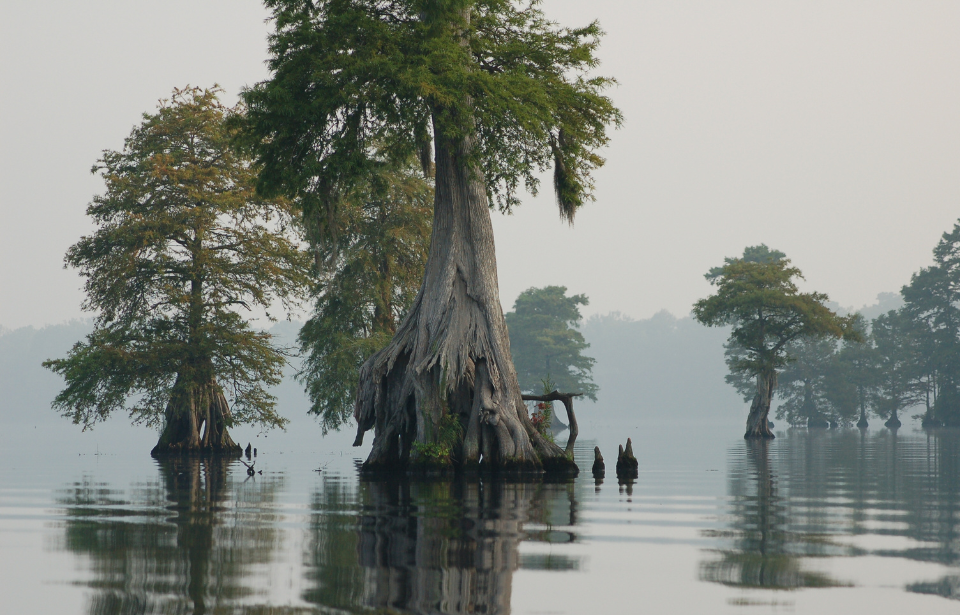The Great Dismal Swamp, a sprawling natural habitat located between Virginia and North Carolina, covers over 112,000 acres. Its formation dates back to ancient times when organic materials accumulated in the area, eventually giving rise to this dense, peat-rich swamp. Its unique ecosystem is a haven for a wide array of wildlife, including species such as black bears, bobcats, and a remarkable variety of over 200 bird species, and it plays a pivotal role in biodiversity conservation, offering a critical habitat for numerous threatened and endangered species.
The swamp as a historical sanctuary
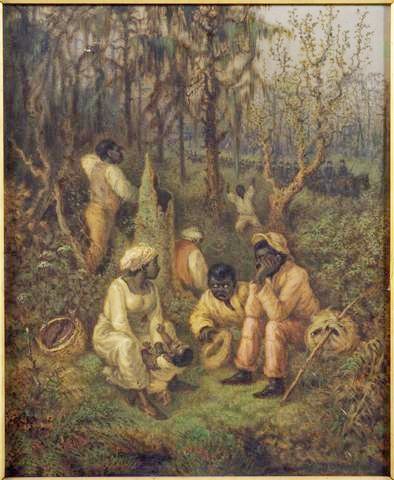
Historically, the Great Dismal Swamp has been more than just a natural habitat; it has served as a refuge for individuals fleeing from the constraints and perils of society. In the 18th and 19th centuries, the swamp became a sanctuary for maroons—escaped slaves who sought freedom and safety within its secluded confines. These communities not only survived but also established interconnected networks that supported their secluded lifestyle, all while navigating the challenges posed by the swamp’s environment.
The lore of the Great Dismal Swamp also includes tales of colonial times when British loyalists and outlaws used the dense foliage as a hiding spot from revolutionary forces. These historical narratives have provided the swamp with a rich collection of ghost stories and legends, enhancing its mysterious allure. The intertwining of natural beauty and historical tales provides a captivating glimpse into America’s past, making the swamp a fascinating subject for both historians and folklore enthusiasts.
Protecting the Great Dismal Swamp’s fragile ecosystem
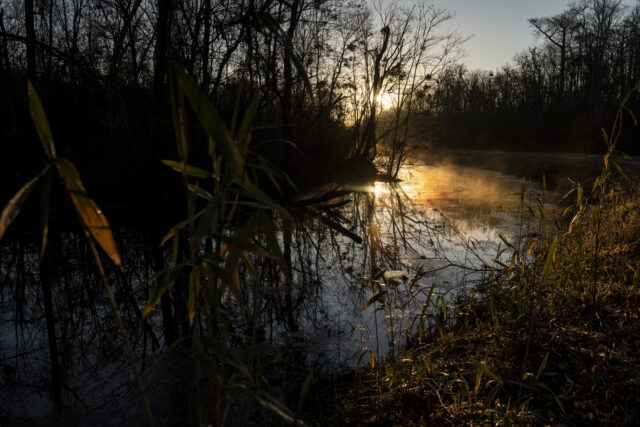
In recognition of its significant ecological and historical value, the Great Dismal Swamp is the focus of various conservation initiatives aimed at preserving its unique environment. Managed by entities such as the U.S. Fish and Wildlife Service, these conservation efforts are crucial in maintaining the delicate balance of the swamp’s ecosystem. Strategies include managing water levels to mimic natural hydrological patterns and implementing controlled burns to reduce the risk of severe wildfires, which are particularly dangerous in peat-rich environments like the swamp.
These protective measures are essential for sustaining the diverse flora and fauna of the Great Dismal Swamp, ensuring that it continues to thrive as a vital natural resource. Through careful management and ongoing environmental protection efforts, the swamp is safeguarded against the most immediate threats, preserving its ecological integrity for future generations to appreciate and study.
The challenges of maintaining the swamp’s delicate balance
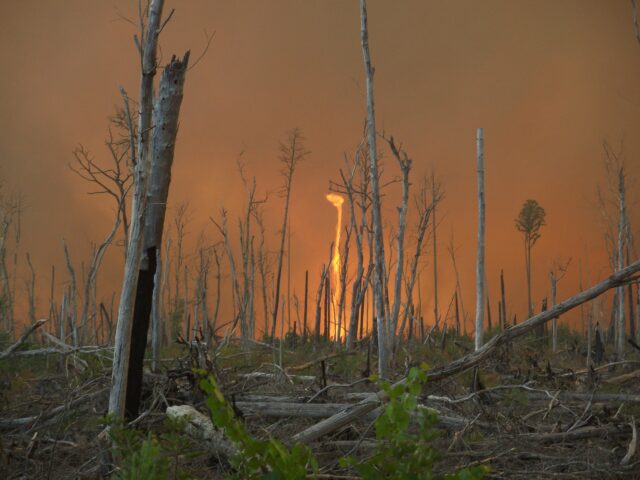
Despite concerted conservation efforts, the Great Dismal Swamp faces several ongoing challenges that threaten its ecological health. The impacts of climate change are a significant concern, as altered weather patterns and fluctuating temperatures could transform the landscape and disrupt the habitat. Additionally, invasive species pose threats to native vegetation and animal life by altering the established food chains and habitat structures.
To combat these threats, continuous research and adaptive management strategies are necessary. Scientists and conservationists work tirelessly to monitor the swamp’s health and implement strategies that address these evolving challenges. Their work is crucial in ensuring the resilience of the Great Dismal Swamp, allowing it to continue serving as a critical ecological and historical resource.
Recreational activities and educational opportunities in the Great Dismal Swamp
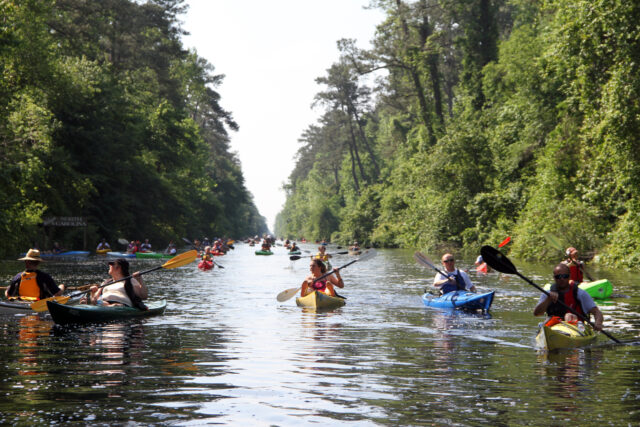
The Great Dismal Swamp is not only a site of ecological and historical significance but also a destination for recreation and education. Visitors can explore the swamp through hiking trails and guided tours, which offer insights into its unique ecosystem and rich history. Bird watching is a particularly popular activity, given the swamp’s role as a vital stopover for migratory birds. These experiences allow individuals to connect with nature while gaining a deeper understanding of the swamp’s environmental and historical contexts.
Educational programs play a crucial role in fostering this connection, offering visitors and local communities insights into the importance of conservation and the roles they can play in protecting the Great Dismal Swamp. By engaging with the swamp’s natural beauty and learning about its history and ecological functions, people develop a stronger appreciation and a sense of stewardship for this unique landscape.
The swamp is a symbol of natural and historical resilience
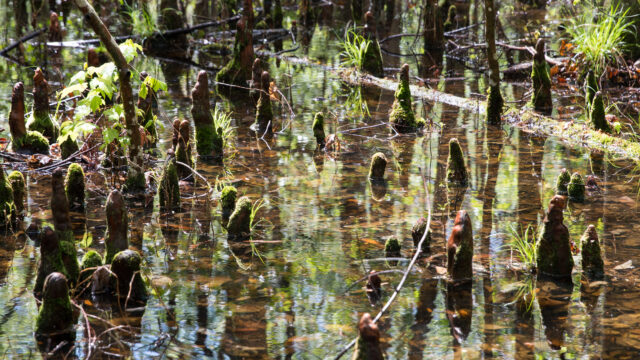
The Great Dismal Swamp stands as a profound symbol of resilience, both in natural and historical contexts. Its murky waters and dense forests have provided refuge and sustenance to diverse species and human populations over centuries. The swamp’s ecological and cultural significance is deeply woven into the fabric of the region, highlighting the interconnectedness of nature and human history.
More from us: Rock-A-Hoola Waterpark: The Once Fun Spot of the Desert
As we continue to explore and understand the Great Dismal Swamp, we are reminded of the importance of preserving such unique environments. The swamp’s story is one of survival and resilience, offering lessons in ecological balance and human endurance. By valuing and protecting the Great Dismal Swamp, we ensure that its rich history and ecological treasures are preserved for future generations to learn from and enjoy.
